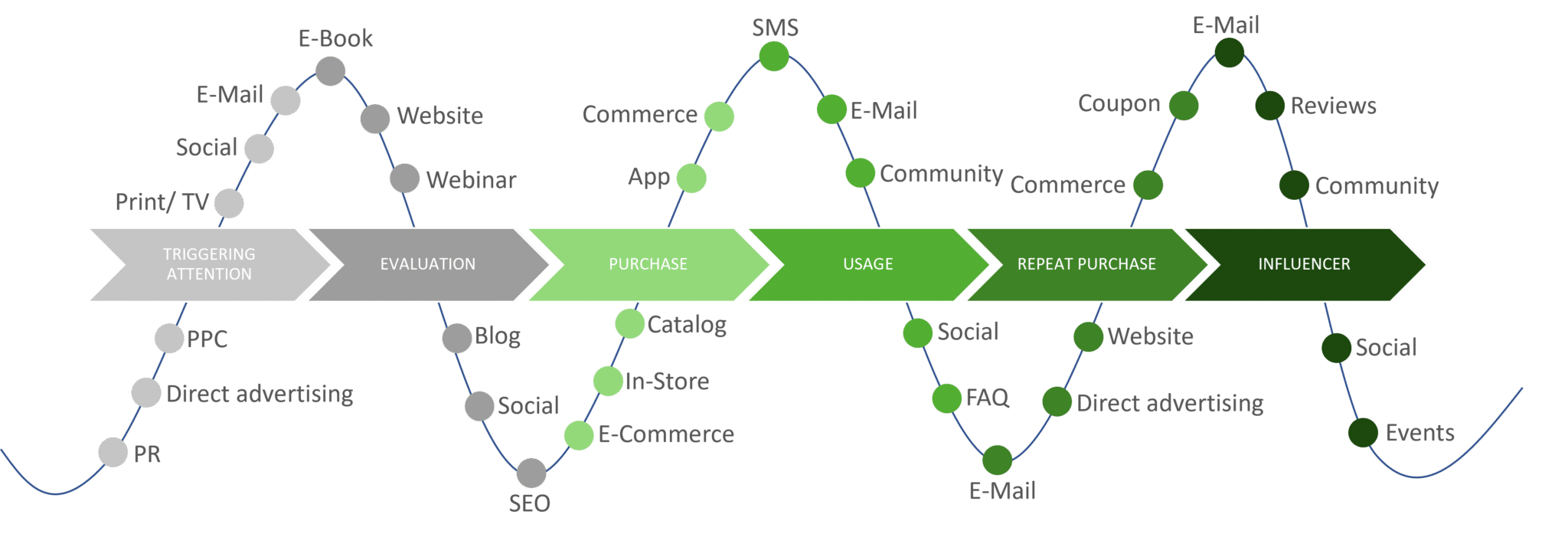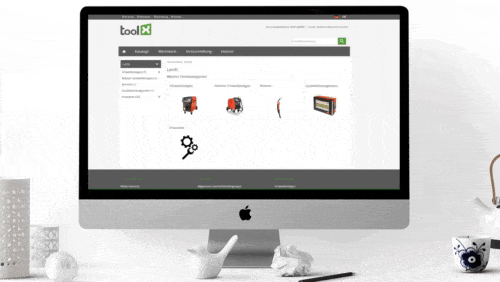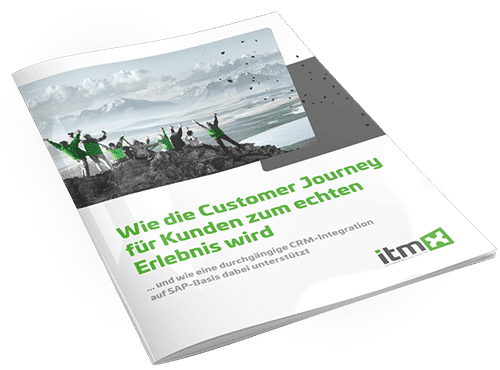How to realize a continuous customer journey

In many companies, digital media in marketing have grown gradually. Often, IT was not involved and external agencies introduced individual solutions for topics such as homepage (CMS), newsletter, outbound mailings, landing pages, SEO marketing, social media or media management. In most cases, these solutions work well on their own and can be easily maintained by the marketing team.
However, they are always isolated solutions that do not pursue a holistic and consistent strategy and map the customer journey with the much-vaunted 360-degree approach. But this is highly recommendable, because not only according to a recent Deloitte study, it is more important than ever in online marketing to put the focus back on people. To achieve this goal, integration with other solutions is required. Then there are aspects such as security, authorization and interface development. IT should be involved at this point at the latest.
For a continuous customer journey, the interaction of all software systems is indispensable
The need for all systems to interlock across the entire customer lifecycle is illustrated by an example process:
The customer journey begins with a person searching for a specific term, for example, on Google. Thanks to search engine optimization (SEO) and Google AdWords, he arrives at your website or one of your landing pages, which has been optimized specifically for the term entered on Google. While SEO is a long-term strategy, Google AdWords or SEA must be carefully managed and maintained, as the ads can quickly become very costly and strain the marketing budget accordingly.
But often the management of these expenses is not clearly regulated. It would be ideal if the postings of the incoming invoices in SAP were directly visible on the marketing budgets as actual costs. This would enable the marketing department to see at a glance how much of the originally planned budget is still available so that it can make adjustments if necessary. In addition, it also makes sense for the sales and marketing manager to have an overview of all current campaigns with the current budgets including PLAN-IS totals.
Only with a “real” store system can you guarantee your customers real-time information
But back to the customer journey: Once the prospective customer has arrived on your website, they will encounter content that you have created using a content management system (CMS) such as WordPress. This includes, for example, information about the company or the portfolio.
Often, the management of the homepage is still limited to information about products or services, but not to their direct purchase. And if an online store is integrated into the website, then in most cases the connection to a “real” commerce or store solution is missing, which fetches the data on products or prices directly from the basis – i.e. the SAP ERP. As a result, the products and the information about them have to be laboriously maintained in the backend. Convenience functions such as “other customers also bought”, as well as simple shopping cart functions and check-out processes, are difficult to implement in a classic website CMS.
An essential aspect of integrating a store system is the seamless connection to your SAP system. This is the only way to offer your customers prices and availability of products in real time. If you think specifically about the B2B sector, where highly individualized products are often involved, you should also offer your customers other topics such as bill of material explosion or spare parts bills of material.
The customer journey is multi-layered and often also lengthy
In most cases, a prospective customer or even an existing customer does not place an order immediately on their first visit to your website or online store, but just takes a look around and informs themselves. According to a study by Bain & Company, today around 2/3 of a purchase decision is already completed before personal contact is even made for the first time. Before that, people just do their research – using all available online channels.
It makes sense to record this information and use it for follow-up processes. For example, in the case of an existing customer, the sales employee responsible should be informed which products the customer has already looked at. It is even better if marketing also has this information and can use it as a basis for targeted and individual outbound measures such as newsletters and specific trigger mails on product interest. To play to these strengths, a central database and seamless integration between store system, CRM and marketing automation solution are required.
But it’s not just customers who use your online channels, but also those who want to become customers in the future. It is particularly important to woo them and encourage them to reveal more about themselves, so that an unknown website visitor can be turned into a customer eager to buy as quickly as possible.
This is achieved through content on the homepage that prompts the unknown visitor to take action – known in marketing jargon as a “call-to-action. It is essential to provide your website visitor with relevant added value (keyword “content marketing”), for which he will gladly give up his contact details, e.g. for a download. Such processes are the building blocks of modern lead generation. To use these additional elements on your website profitably and efficiently, it is worth investing in a marketing automation solution.
Targeting content with marketing automation
With a marketing automation solution, you ensure that the right target group receives the right content at the right time. All processes that are necessary for qualified lead generation can be mapped in it: In addition to newsletters, forms and landing pages, scoring models can also be set up in such software, which use a previously defined workflow to automatically decide which content is played out when and when a lead is considered sales-relevant.
A concrete example:
When the customer buys your product, your marketing automation strategy has paid off and the targeted management of your customer journey has proven its worth. The reasons for this? Transparency throughout the entire process and a central data management system that seamlessly links all systems. Optimal for marketing, profitable for sales and to the satisfaction of IT. What else do you want?
By the way: The solutions of itmX help you to achieve this comfort.
Would you like to learn more about this topic?
About the author



